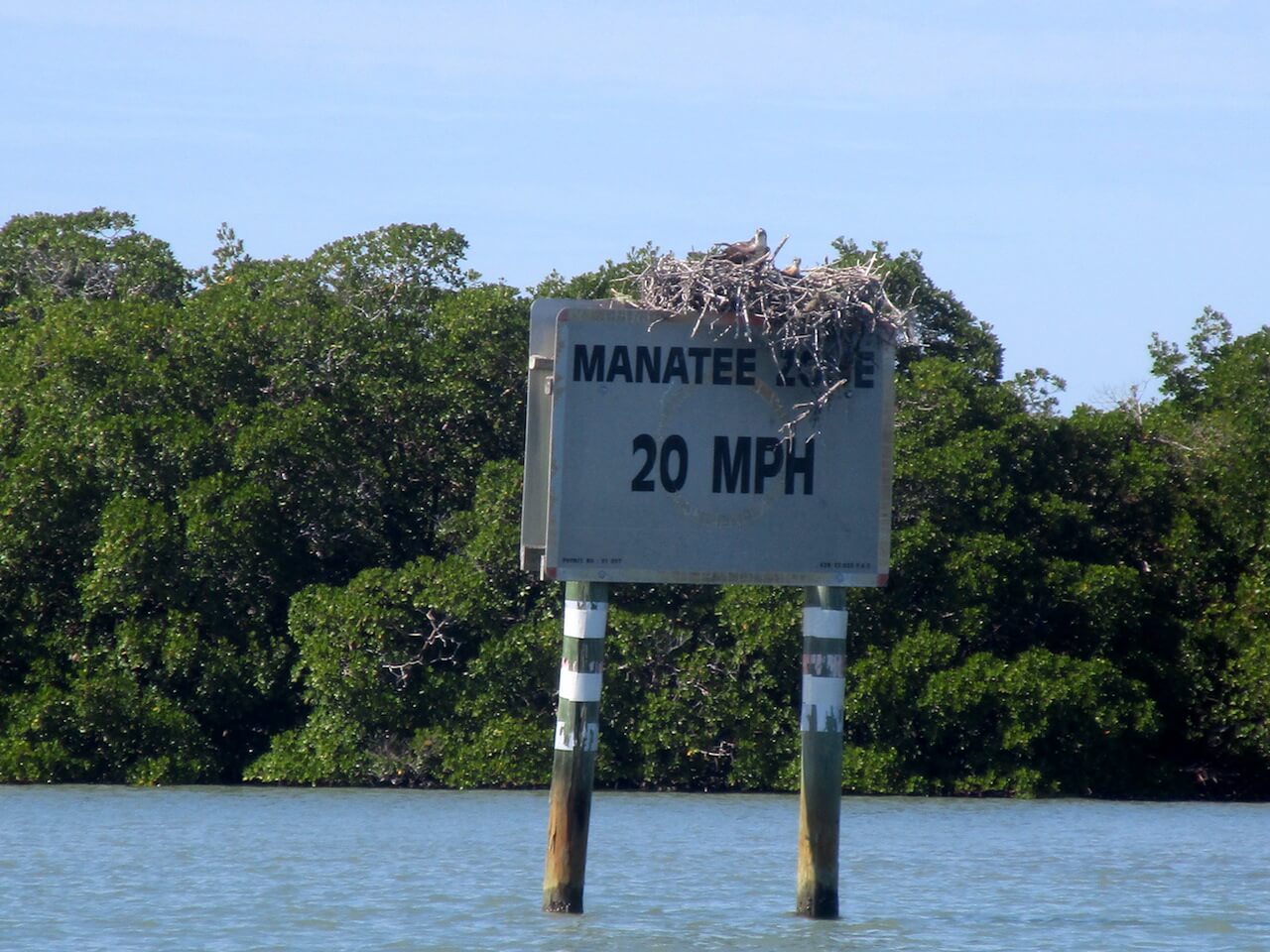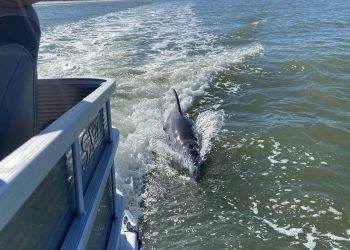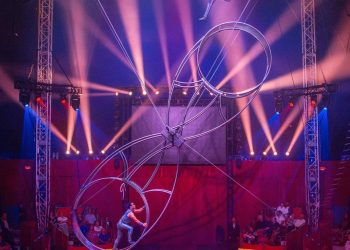By: Gillian Birch
If you want to enjoy a boat tour during your stay in Southwest Florida, there are plenty to choose from around Naples and Marco Island. However, if you want the most informative boat tour around Rookery Bay, visiting places that are not generally accessible to the public, you need to book a tour with staff from the Rookery Bay National Estuarine Research Reserve.
Similar to a national park, this 100,000-acre Estuarine Reserve was established for coastal stewardship, education, and research and is one of 29 such areas in partnership with NOAA (National Oceanic and Atmospheric Administration). The word “estuarine” refers to the special area where freshwater flows down to mix with saltwater, such as in the Rookery Bay Reserve.
Rookery Bay Private Boat Tours
Rookery Bay Tours are available from November through April and are led by Randy McCormick, a native Floridian, Certified Interpretive Guide, and Florida Master Naturalist who has exceptional knowledge of the rich ecosystem and natural history of Rookery Bay. He offers a choice of tours, each with a slightly different emphasis on the plants, human history, wildlife, and geology found on the barrier islands and waters of Rookery Bay Preserve. Tickets also include free admission to the associated Environmental Learning Center within 24 hours of your boat tour (normally $5).

Photo credit Gillian Birch
Your three-hour small group tour starts in the onsite Visitor Center where an informative orientation session sets the scene for what you will see. Then it’s down to the dock to board the flat-bottomed 24ft Carolina Skiff for your trip. Each of the six passengers has a swivel seat with unobscured views from beneath the awning. Traveling through waters as shallow as 4-8 feet, the High Points Tour to the Sand Hill can only be done at high tide, although other trips are offered at any time.

Photo credit Gillian Birch
The relaxed trip explores calm waters, passing mangrove islands and rookeries which are nurseries for nesting birds and other wildlife to gather, nest collectively and raise their young. You are likely to see herons, pelicans, egrets, ibis, and cormorants sitting high in the mangrove greenery. Other wildlife sightings include bald eagles, nesting ospreys (whose favorite nesting site is on the signboards) and even a peregrine falcon, the fastest bird on earth, if you’re lucky.

Photo credit Gillian Birch
During the trip Randy will answer questions and provide a commentary about the bay, mangroves, fishing history, birds, and wildlife. On arrival at Sand Hill, visitors disembark and explore this restricted access area. Hungry mosquitos abound in this pristine wilderness so covering arms and legs with loose clothing and using insect repellant liberally is essential for anyone with sensitivity to insect bites.
Geology and Plants on Sand Hill
Your guide will point out some of the plants in this unusual area where wetland meets desert. Learn how the thick-barked Slash Pine got its name; how turpentine is tapped from it and how its resinous wood can over time become petrified, providing slow-burning “lighter wood” for early settlers. See gopher holes, bobcat trails, and Cabbage Palms with wild moscato grape vines winding through the branches.

Photo credit Gillian Birch
Randy encourages everyone to touch the waxy leaves of the wild oaks and smell the stinkweed, and then crush the leaves to find the smell changes from skunk to citrus! You’ll also get up-close to the saw palmetto, nature’s horizontal palm, feel the plastic leaves and learn the medicinal properties of its berries. Next, you’ll examine the fine white sand and learn the Appalachian origins of this silky quartz sand.
The visit moves slowly to the top of the Sand Hill, a dizzying 22 feet above sea level, for panoramic views. This was the site of an Indian burial mound, sadly looted before its archaeological value could be assessed. Unnatural

Photo credit Gillian Birch
hollows are the results of visitors digging for rumored pirate treasure, although nothing was ever found. Finally the tour reaches a marker commemorating the preservation of the area. In 1980, philanthropists Dellora and Lester Norris purchased 1500 acres and saved the area from development, establishing it as a sanctuary reserve.
On your return boat trip there’s time to dwell on the uniqueness of this trip and the fascinating facts learned about the area’s history and wildlife. It all adds up to a wonderful in-depth experience of natural Florida, but don’t forget the bug spray!









